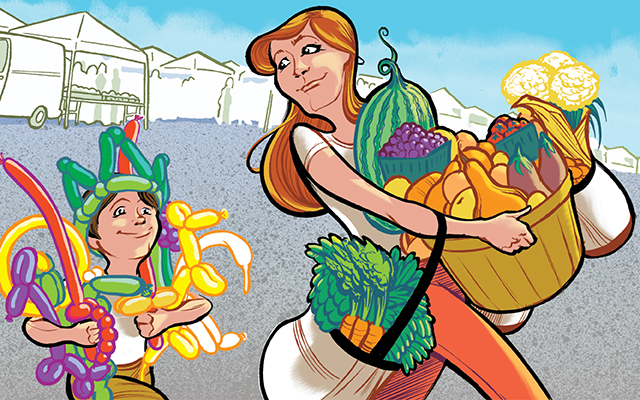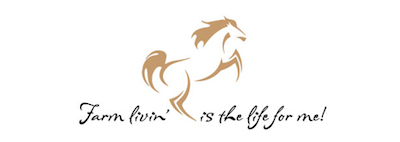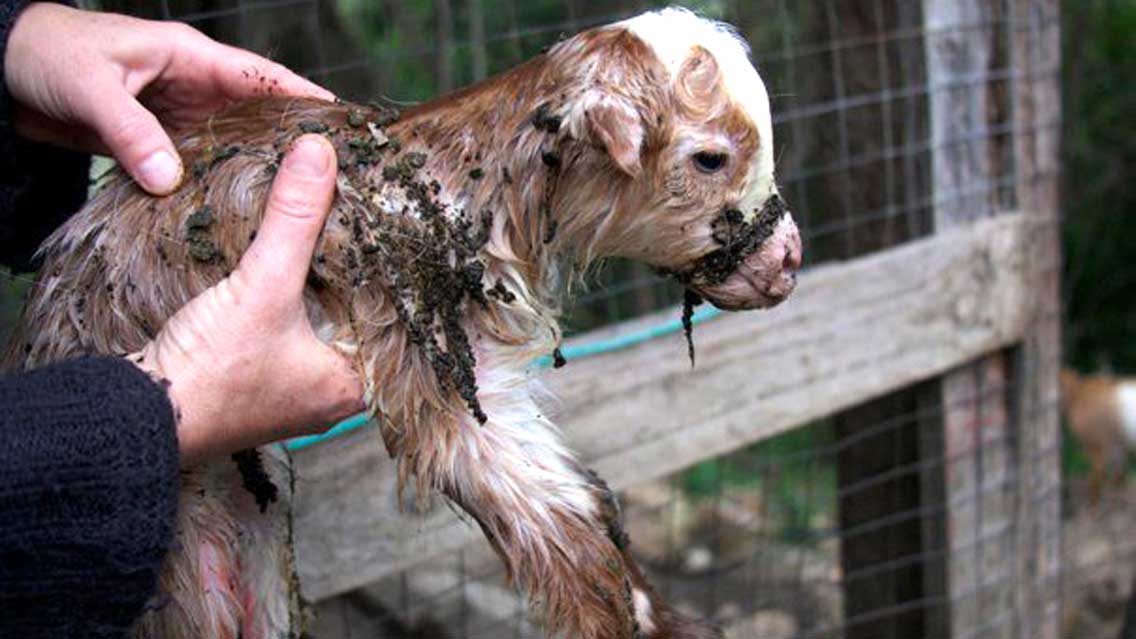As little girls, my sister and I spent many of our summer days roaming around our parents’ farm. On the quiet, dead-end country road where we lived, we dug in the dirt and the sandbox, played “house” under the tall pine trees, snuck strawberries from our neighbors’ garden, and rode our bikes for hours on end. We chased our beagles, and we swung high on the swing set in our yard.
Our skin was golden brown, our long hair bleached from countless hours in the sun. Our feet were callused from running barefoot across gravel, our toenails and fingernails always caked with dirt.
We worked sometimes, though we weren’t traditional farm girls by any means. Our chores included helping Mom with her flowers and, when we got older, mowing the lawn. Yet in that little haven, we were exposed to all that farm life had to offer. We were immersed in nature and surrounded by role models who showed us how to care for, appreciate, and love the land.
From our parents and grandparents, we learned to understand the challenges that come with farming and being at the mercy of the seasons and weather. We learned to see the beauty in whatever was inevitably produced, be it a litter of piglets, a bumper crop of soybeans, or a patch of my great-grandma’s heirloom peonies.
Now, more than 17 years since leaving that quiet road for the Twin Cities, I recognize just how special my siblings’ and my upbringing was — and I’m grateful for visits, when my kids get even a small taste of what my everyday childhood was like. They love feeding the calves with Papa, helping Grandma tend to her flowers, and keeping track of all the cats during our too-short visits.
My girls aren’t old enough to roam freely around our suburban neighborhood yet, and they don’t have easy access to the expansive open spaces of my youth. But my husband and I are doing our best to instill in them the importance of nature and time spent in it. We feel an urgency in this, knowing all too well how our modern culture and technology are luring us away.
In his groundbreaking 2005 book Last Child in the Woods, author and child-advocacy expert Richard Louv introduced the concept of nature-deficit disorder. He coined the term to decribe the effects that less time in nature has on our health and well-being.
“Not that long ago, the sound track of a young person’s days and nights was composed largely of the notes of nature. Most people were raised on the land, worked the land, and were often buried on the same land. The relationship was direct,” Louv wrote. “Today, the life of the senses is, literally, electrified.”
He went on later to write: “More time in nature — combined with less television and more stimulating play and educational settings — may go a long way toward reducing attention deficits in children, and, just as important, increasing their joy in life.”
It’s that joy and the potential for better health that I’m after. Both are evident in free diver and environmentalist Kimi Werner’s cover story and in the research touted in “From the Outside In”. They’re what I had as a kid and what we all have the chance to nurture and encourage in future generations. And in ourselves.
It begins with going back to our roots and where it all started — in nature. Let’s get out there together.




This Post Has 0 Comments